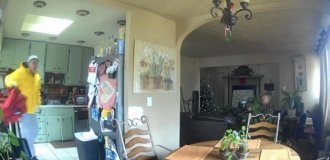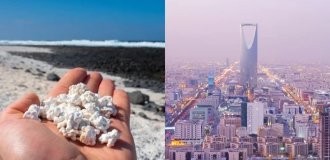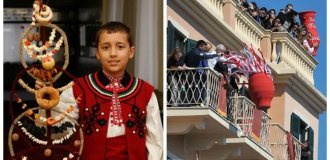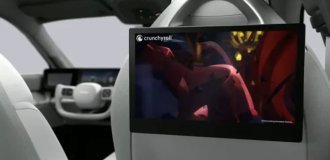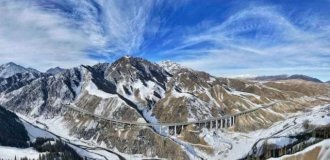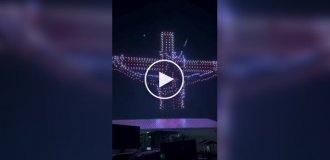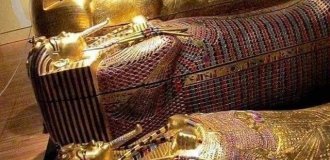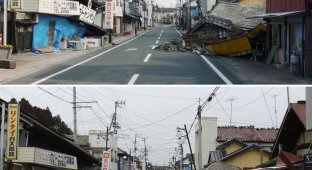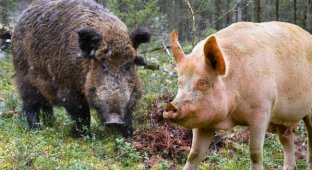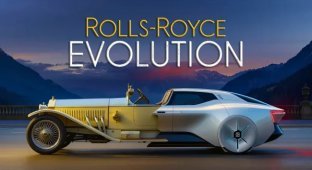Back to the GDR: Karl-Marx-Stadt 22 years later (30 photos)
We left the GDR in 1988. A year after this, the Wall fell and the country ceased to exist. A couple of years later, the largest_country_in_the_world was no more, events began to spin at great speed, and 22 years flew by like one day. Childhood was clearly divided into “before” and “after” - it’s not even worth comparing what was “there” in 1987 and “here” just a couple of years later. When I remembered this carefree time, I always dreamed that someday I would return to these places and walk along the streets of Karl-Marx-Stadt. And then this moment came - when we were going to Germany to visit a good friend from the institute, I could not miss the chance to visit the place where more than 20 years ago I was poking around in the sandbox and riding around on a tricycle. Below the cut are nostalgic memories of childhood in the GDR.

Source: Zhzhurnal/ru_travel

1. In the photo above, my brother and I are waiting for the school bus. There was only one school, and Soviet children from all over the area were brought to it. Basically, these were children of military men, and in our village (Sigmar, this is a suburb of K-M-Sh) lived mainly the families of employees of the Soviet-German joint venture "Bismuth", which was engaged in the development of uranium deposits and other minerals. Its directorate still evokes associations with numerous research institutes on Leninsky Prospekt.

2. As soon as I arrived in Sigmar, I without hesitation recognized Sterzelstrasse - the street on which we lived. There have only become much more cars - before there were none at all (more precisely, only the most seasoned party members had them).

3.

4.

5. And when I saw our house, it was as if something was pinched on the left.

6. I immediately remembered how my brother and I stood on this porch when my mother accompanied us to the first and second grades.

7. Our windows are on the first floor on the right. Small windows are the bathroom and kitchen. The cramped housing of Khrushchev apartment buildings was also an export product during Soviet times.

8. Lampposts and old climbing frames were removed from the area in front of the house.

9. But the sandbox remained in the very place where it was.

10. And here is this area where dad filled the skating rink in winter. Only the winters in Saxony are nasty and warm, so the ice melted quickly.

11. When we were little, the house seemed simply huge, and the path around it could be compared to a marathon. We rode along it on bicycles: the “already grown-up” brother on a two-wheeler...

12. ...and I - with additional small wheels on the back.

13. This building once housed a cultural center, which hosted amateur art shows and all sorts of party congresses. Now there is a hotel.

14. But the street stands for the Pravda newspaper remain - only now they display not political information, but restaurant menus.

15. There was a cinema in this wing of the cultural center, and cartoons were shown there on Sunday mornings. And on this wall, in full size, there were profiles of Marx-Engels-Lenin on a red background.

16. But a lot has changed. There is no longer a football field behind the house, and instead there is now just a lawn (our balcony on the first floor is second from the right).

17. And instead of an ice cream shop, it’s now just a confectionery shop. Further down the street there was a Soviet military unit - that, naturally, was also liquidated.

18. The building of the junior school (which I also immediately remembered) is already occupied by offices...

19. There are also changes at the zoo - everything has become more hi-tech.

20. ...although the birds remained as tame as before.

21.

22. Naturally, the New Year's bunnies also gained a little weight (on the right is a friend from kindergarten who stayed to live there)

23.

24. And only over the head of the father “Das Kapital” in the city center time has no power.

25. By the way, the social bloc took a massive approach to the production of monuments: the twin brother of this Head, only with a haircut and shaved, stands in Russian Ulan-Ude. The sculptor is the same.

26. Of course, there is nothing for an ordinary tourist to do in Chemnitz. A rather boring city, spoiled by fifty years of Soviet violence.

27. This is the “Moscow” cafe, which has still retained its appearance as the “House of Toys” on Yakimanka and “House of Books” on Arbat.

28. Unless Theater Square represents at least some element of antiquity.

29. ...yes, occasionally you come across other GDR rarities

30. But I came here not for the sights, but for the memories. If you have a place where you really want to return, be sure to go. The feelings you will experience while wandering along the children's paths are worth it.
